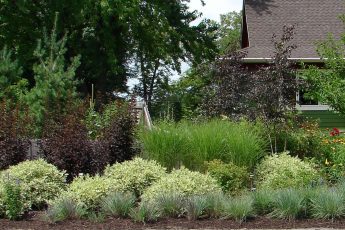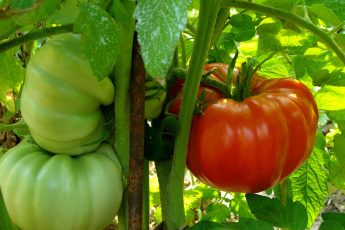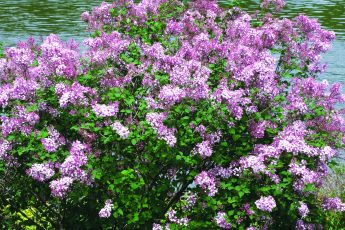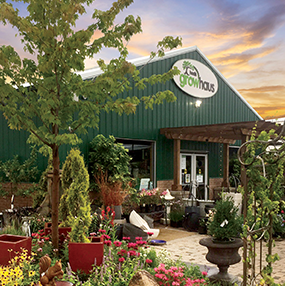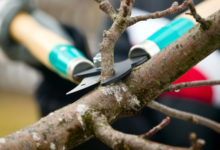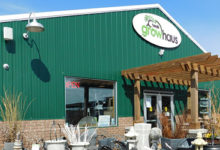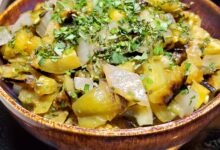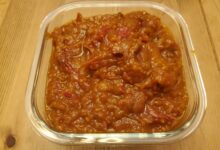When in Drought
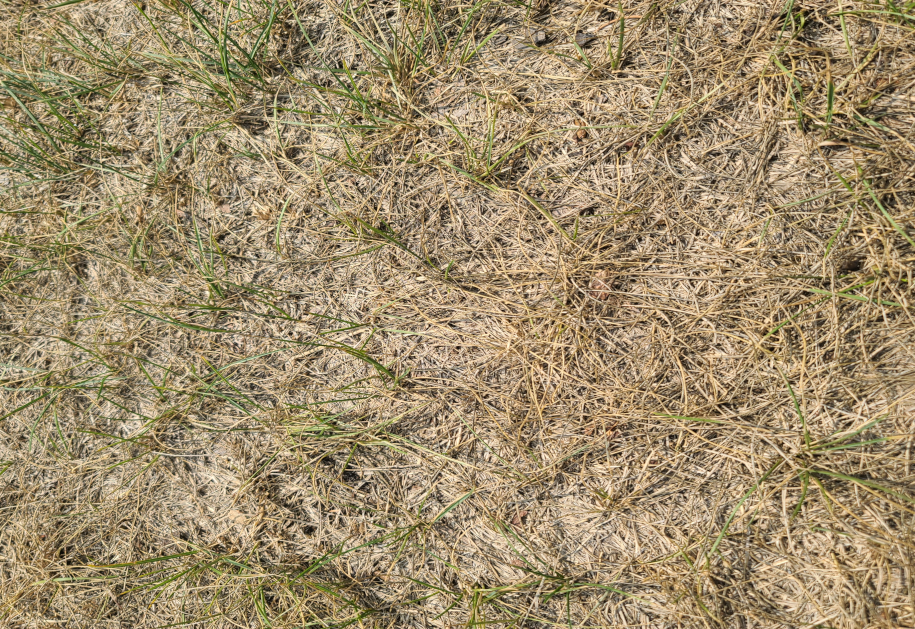
With 100% of Minnesota abnormally dry and large portions of the state in severe or extreme drought, our landscapes are currently in a water shortage. Many of our lawns are looking a little crispy and our gardens a bit lackluster. So what are the best gardening practices to keep in mind when in drought? Read on for tips on watering and water conservation when experiencing drought conditions.
Conserve, Capture and Reuse
We all know water is our most precious resource, we and our landscape cannot live without it. When rainfall is limited it is imperative to conserve, capture and reuse what water we do have.
Conserve
Watering at the correct time helps to use water more efficiently. Early morning is the optimum time to water. Watering early in the day allows plants time to absorb water, as well as reduces plant stress and potential fungal issues. Early morning watering also greatly reduces evaporation which is essentially wasted water. Pay attention to how much and what your watering. Plants grown in ground do not need to be watered as often as plants grown in pots. Plants with deep root systems like tomatoes or grasses require less water than shallow rooted plants such as hydrangeas.
Capture
Rain barrels or cisterns are excellent means to capture rainfall from downspouts that may otherwise runoff down non-permeable surfaces such as a driveway or city street. Rain water is soft water, free of salts and chemical additives often found in tap water, and the best water to give to your plants both indoors and out.
Reuse
We don’t often think of water used in our homes as water that can be used for our plants. There are many sources of water however that can be reused versus dumped down the drain. Water used for cooking or cleaning fruits and vegetables can be used for potted plants. Pasta water is actually very rich in nutrients and beneficial for plants so long as it’s not salted or seasoned. Water collected from a dehumidifier can be used to water ornamental plants if the air in your home is clean or you are emptying your dehumidifier frequently.
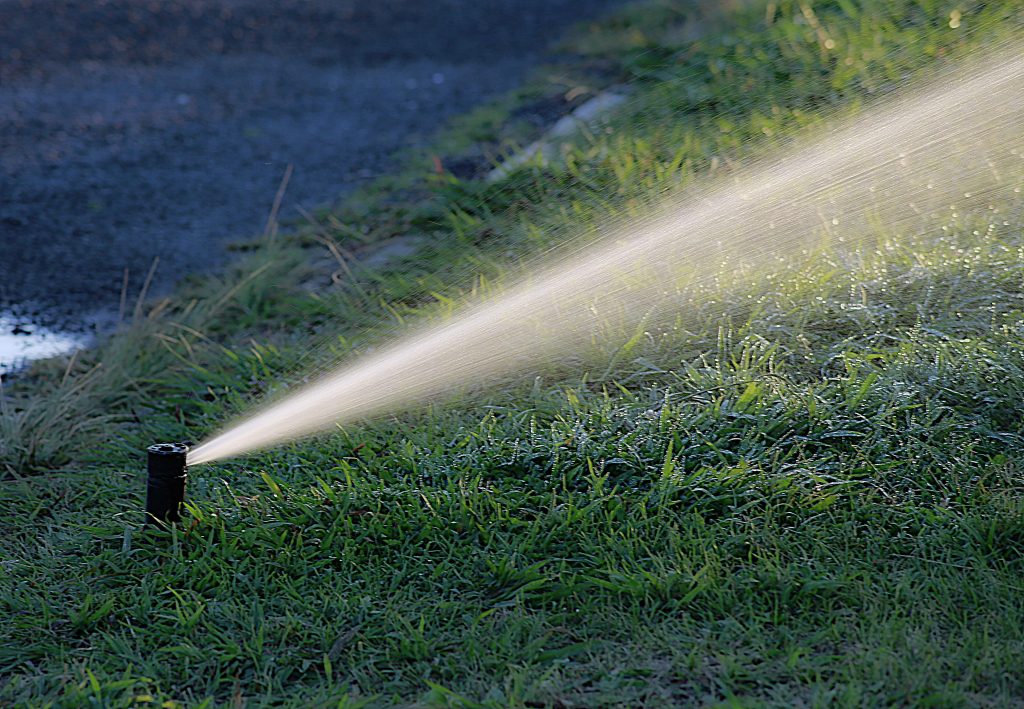
Irrigation Systems
Many gardeners practicing sustainability have a love-hate relationship with irrigation systems. When they are used properly they are highly beneficial to sustaining our landscapes. Unfortunately, many irrigation systems are used at the wrong time, not properly set up or maintained and waste more water than they provide to the landscape. There are no water police to issue tickets for sprinklers running at 3:00 in the afternoon or spraying water out into the street but, there are simple steps to ensure your irrigation system is not part of the water wasting problem.
Water what Matters
Believe it or not, your lawn can live without you. Having a lush, green lawn is really more of a want than a need. Most turf grasses when in drought will go into dormancy and survive just fine for a period of time. Our trees, shrubs and perennials are what could use some quenching. Trees both young and mature will begin to wilt, yellow and drop leaves when they are drought stressed, these are signs they need supplemental watering. Trees and shrubs require deep soaking around their entire root zone and benefit from mulch to hold moisture. Read watering established trees and shrubs from the University of Minnesota for more information on watering trees when in drought.
Take a break from your annuals and pay attention to your perennials. Your annuals may still look fabulous but, they are unfortunately reaching the end of their life-cycle. If you didn’t plant a garden full of drought resistant or native perennials, give your perennial gardens a quench. Water what matters and that is what you want to come back year after year.
During times of drought, it is okay to let some of your landscape go thirsty to provide hydration to what matters most. Read our blog Water Wisely for more information on best watering practices and when in drought (and not), conserve and reuse water in your home and in your landscape.


